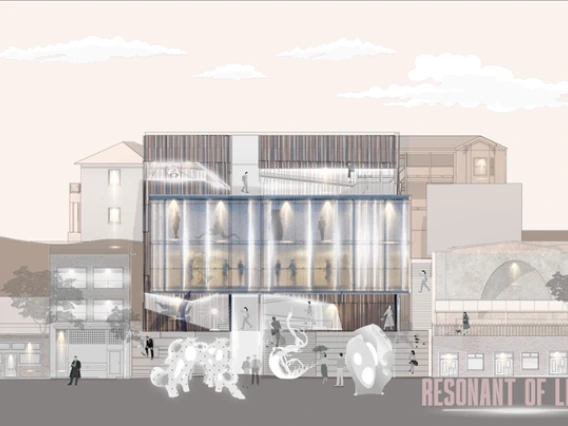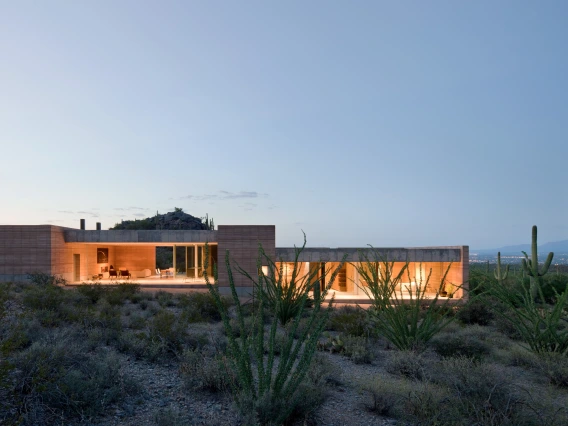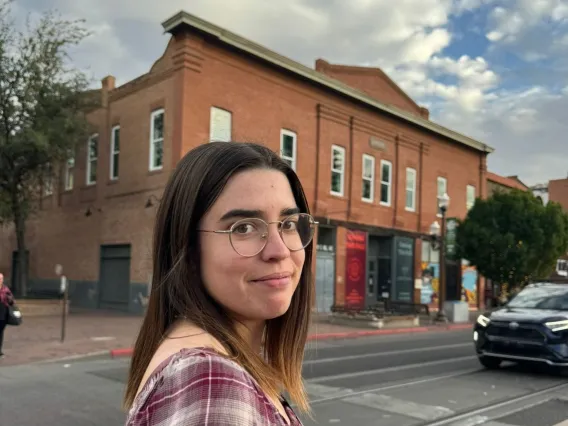Beyond the Studio: Courtney Crosson, Associate Professor of Architecture and Director, Drachman Institute
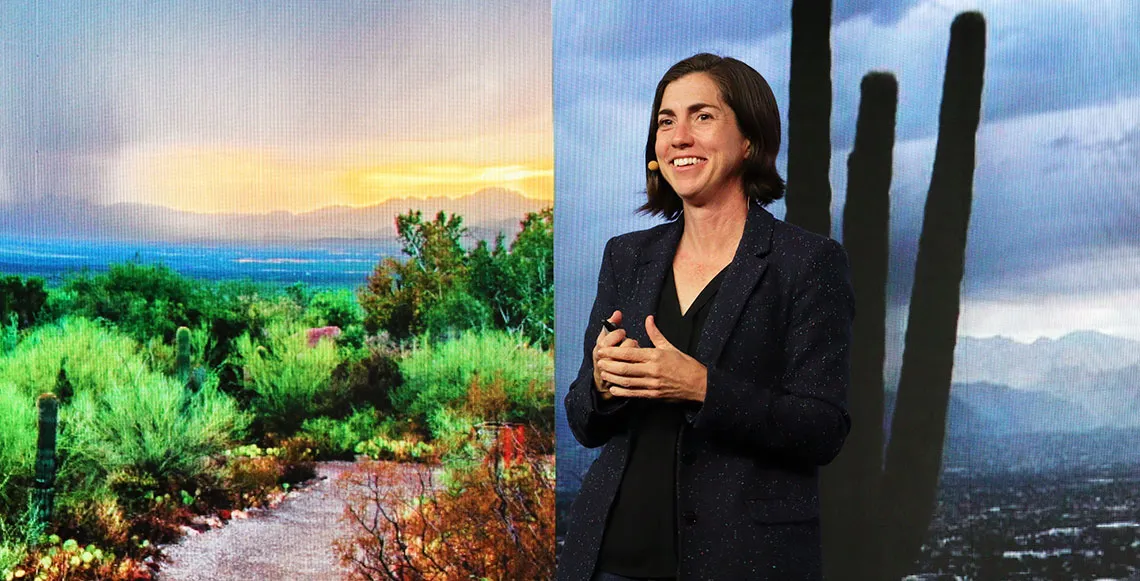
Eight Questions with Courtney Crosson, Associate Professor of Architecture and Director, Drachman Institute
“My desire to be an architect was to take academic knowledge and turn it into direct and accountable action that makes a difference in people’s lives.”
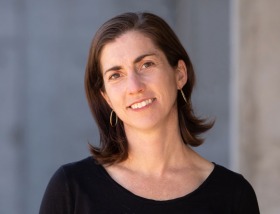
What brought you to CAPLA?
I joined CAPLA in 2016. My research focuses on water in the built environment and community engaged design. I was excited by the opportunities for collaboration within the faculty expertise at CAPLA, the strength of multidisciplinary research at the University of Arizona and in the complexity and unique design challenges of the Sonoran Desert community.
What is your current research and what does that research mean for architecture at large?
My current research advances decentralized water systems to address pressing problems facing cities—whether water scarcity in the U.S. Southwest or safe and affordable water access in informal settlements in Nairobi, Kenya. I am excited by the unique opportunity architects have to make a large impact on water use by connecting across indoor and outdoor uses at the building scale and across urban infrastructure. Architects are uniquely placed to be the connectors of water toward greater efficiency across scales and diversity of usage. Increasingly we see that solutions to diversify the urban water supply toward increased resilience against acute and chronic shocks are decentralized and at the scale at which most architects work.

Courtney Crosson and students at a neighborhood association meeting.
What is your current community work, and what most excites you about this work?
I teach classes on water in the built environment and community outreach studios. These studios, funded by the city, county or private practice, tackle critical issues in urban sustainability. Through exhibitions, books, presentations, workshops and even board games, the design work seeks to go beyond the studio and engage citizens and governments in solutions for their cities. Several of the designs produced in the studios have received public funding to be constructed.
I am most excited when students realize their ability to address complex community issues through design thinking and, in turn, the community and government realize the broad abilities of architects to make a difference in pressing urban challenges. As a researcher, I am excited to connect research and design. Translating rigorous research into direct outcomes in our built environment is thrilling.
I am also currently serving an elected three-year term on the national board of the Association for Collegiate Schools of Architecture (ACSA) as a director at-large, and am eager to address many of these same passions on a national level.
Tell us more about your architectural work outside of academia and how that informs the student experience at CAPLA.
My work outside academia has spanned many scales and locations including Europe, Africa, Asia and North America. I have worked for BuroHappold Engineers in Los Angeles, Foster + Partners in Hong Kong, Muf Architecture/Art in London, Multiplicity in Milan and UN Habitat in a Nairobi informal settlement called Kibera. I love bringing these practice experiences into the classroom to help students to connect their immediate academic experience with their future in the profession.
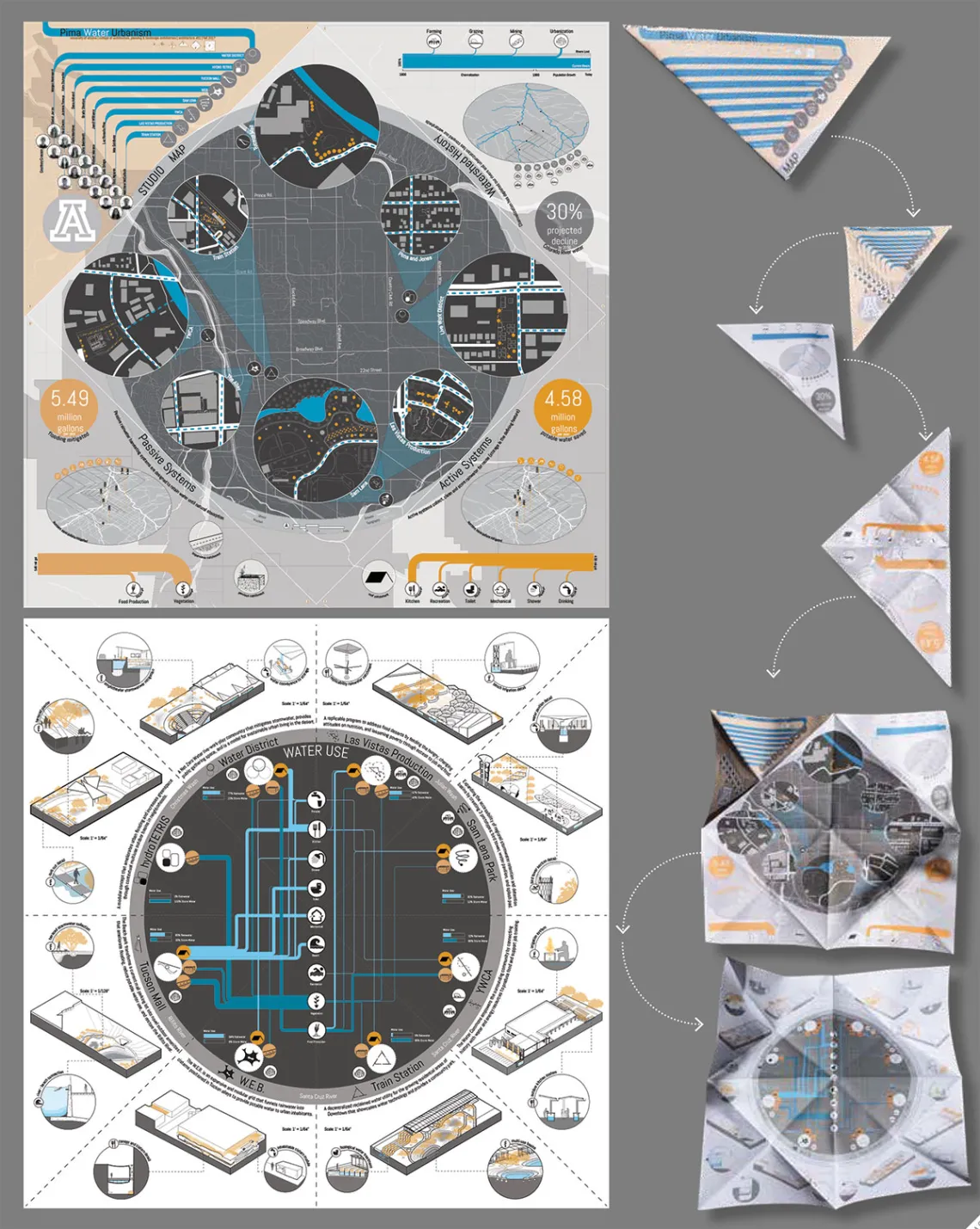
Architectural studio work led by Courtney Crosson.
What are you currently teaching and what do you find most rewarding in these courses?
My classes focus on water in the built environment and community outreach studios. I enjoy connecting students’ academic knowledge with real projects in the community. Students gain new confidence in their design abilities when they realize the immense impact their work can have on local issues—particularly when they have carefully listened to and responded to community concerns. Seeing these connections between students and community (non-architect) members is one of the greatest highlights of teaching for me.
How do you bring your research, service and practice into your teaching?
These three areas are tightly connected for me. My desire to be an architect was to take academic knowledge and turn it into direct and accountable action that makes a difference in people’s lives. I try to use my research as a foundation for the studios I teach and the community outreach connections I make to create those studios, often collaborative with a whole team of exceptional collaborators.
Beyond your broad work in research, teaching and practice, what are you passionate about?
I am a lifelong long-distance runner. In Tucson, I have enjoyed trail running and ultramarathons across the beautiful diversity of the landscape. At any time of year, there is always an elevation and an ecology for great running.
What does the CAPLA experience mean for you?
CAPLA is an energized community of dedicated designers and thinkers. The CAPLA experience means making a difference within our world by employing our unique and varied skillsets and a willingness to collaborate across disciplines as no single person has the complete answer.
To learn more, view Courtney Crosson's faculty page.

